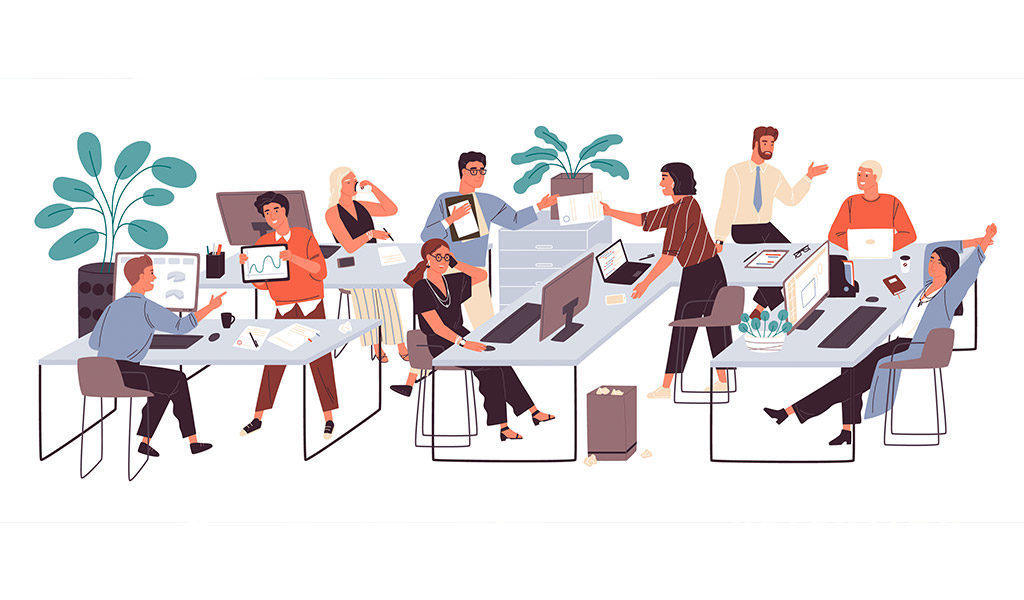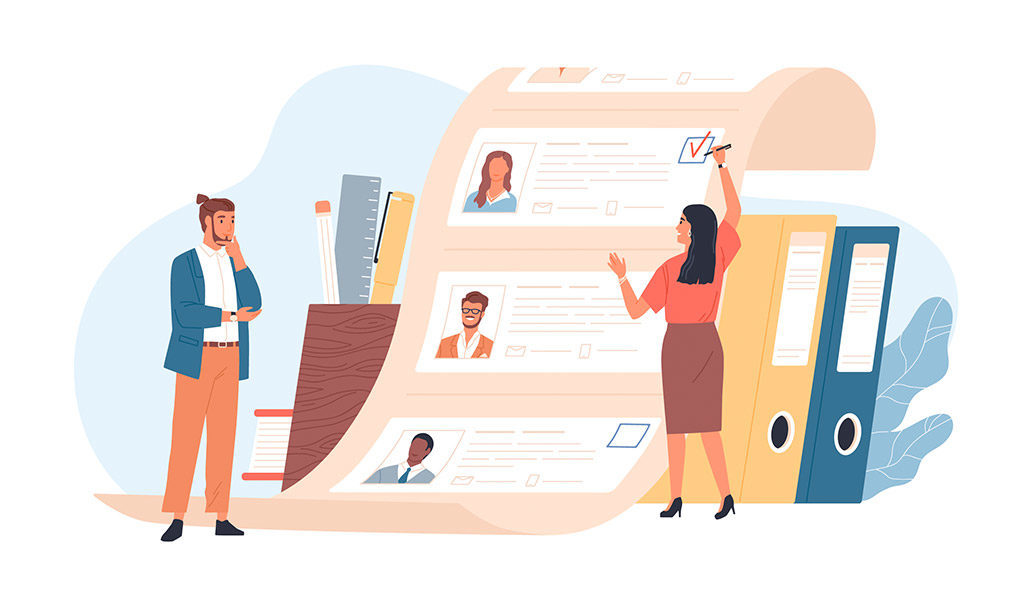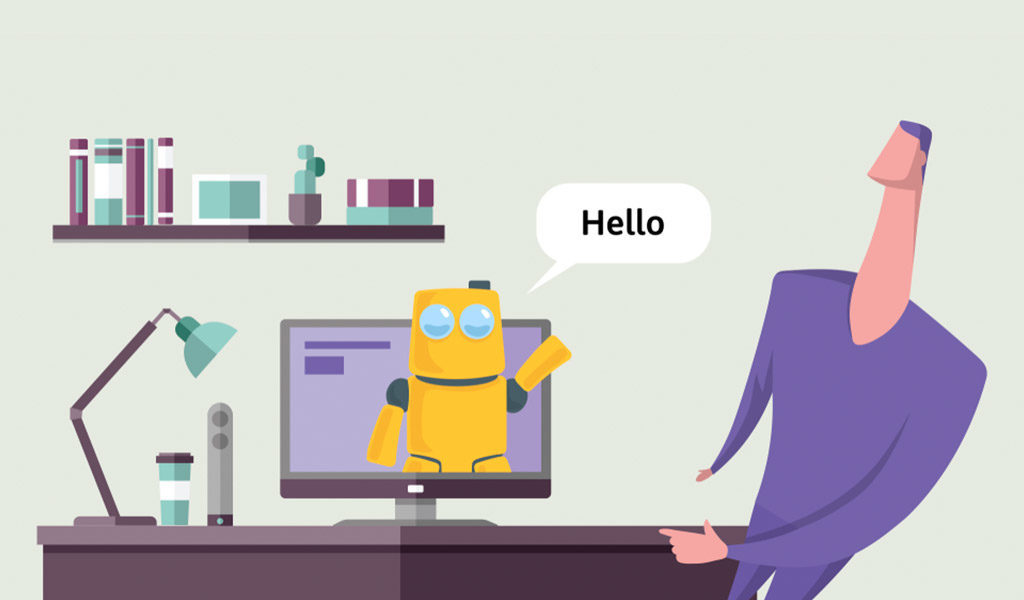
How To Select, Train, and Empower CSAs To Increase Turnover and Drive Conversion and Customer Retention
Customer service positions have some of the highest turnover rates of any job across almost every industry. Companies now face the increasingly urgent challenge of providing customers with a high-quality customer service experience despite losing and replacing as much as 45% of their customer service workforce in any given year. The costs of customer service agent (CSA) turnover — whether caused by poor hiring decisions, insufficient training or compensation structures, or employee burnout — are immense. The measurable financial loss of a CSA’s departure from the company is anywhere from 16% to 213% of their annual salary, with employers spending, on average, 6-9 months of a CSAs salary to recruit, hire, and train their replacement.
High turnover rates are most often the direct result of poor hiring decisions, insufficient training, and low employee morale/poor company culture. The associated impacts of these conditions on the quality of the customer service experience provided are more challenging to measure. Yet they are no less devastating to a firm’s profit margins, as companies lose more than seven out of ten customers due to poor quality customer service experiences. Consequently, companies hoping to increase their profit margins should begin by examining how their hiring, training, development, and management processes for CSAs contribute to the quality of the customer service experience of both potential and existing clients. Keep reading to find out how to leverage the CSA position to drive revenues and decrease operational costs, and how CommBox can help.
What Is A Customer Service Agent?
CSAs are employees who are responsible for assisting buyers (and potential buyers) with complaints and questions before, during, and following the purchasing process. While the roles of salespeople and CSAs have been historically separate (with CSAs only involved post-sale), in online-based business/sales spaces, CSAs are often the only employees who have direct one-on-one contact with the buyer. As such, their role is nearly equal parts sales, customer support, and customer relationship management.
What Role Do CSAs Play In Creating Revenue?
Leveraging customer service as a sales engine isn’t a new concept — marketing and consulting firms have known of and hailed its potential effects on the pre-sales experience since at least the early 2010s. Nevertheless, many firms are still behind the curve in their approach to recruiting/hiring, training, and making the best use of CSAs within their organizations.
Nearly 90% of firms claim to compete for market share on the basis of their customer service experience. Yet one in five buyers report that their customer service experiences are still regularly subpar, and one-third do not believe that customer service quality is consistently improving across industries. What’s more, at least 86% of customers say their most recent customer service experience was poor, and less than 1% say that they are always satisfied by their customer service experience. Given that 96% of consumers say their brand loyalty is based on customer service experience quality, and customer loyalty is the single greatest driver of revenue and profit margin growth, firms should be exceedingly concerned with the attitudes and actions of their CSAs in creating satisfying customer service experiences.
What’s more, 47% of customers are willing to spend more when CSAs are friendly, welcoming, and efficient, and working with a knowledgeable CSA is the most important element of a good customer service experience to as much as 41% of buyers. Consequently, making good hiring, training, and personnel management decisions about CSAs can make or break a firm’s customer service experience quality.

Customer Service Agent Skills & Responsibilities
The specific responsibilities assigned to customer service departments, teams, and individual CSAs vary widely between organizations and are dependent on the size of the firm, the type of products and/or services it provides, and the specific customer segment it serves. Even so, there are some hard and soft skills in customer service provision that are uniformly essential to improving the quality of the customer service experience and creating value through the customer service position.
Essential Hard Skills For High Quality Customer Service Experiences
Hard skills are taught skills; skills acquired through both onboarding training and on-the-job experiences, as well as through formal professional development channels. The hard skills associated with customer service positions have, historically, been relatively minimal; CSAs were (and still are) expected to be able to answer the phone, demonstrate some degree of product and/or service knowledge, and talk to people.
As the role of CSAs in the purchasing process has become more complicated, so have the hard skill expectations associated with the position. That is why it can take up to two years for a new hire to reach the productivity level of an existing staff member. Now, CSAs’ technical knowledge and ability to use customer relationship management (CRM) software operate as the critical factors in customer satisfaction for two-thirds to three-quarters of buyers (depending on geographic location and age). Consequently, CSAs’ core hard skills are:
- Technical Knowledge: For as many as two in five customers, the ability of a CSA to demonstrate thorough knowledge and understanding of the firm’s products and/or services is the most critical element of any customer service interaction. While this may seem like common sense, nearly half of surveyed buyers report receiving incorrect information from CSAs during past customer service experiences. Consequently, as much as two-thirds of customer churn (when buyers abandon a brand) could be prevented if CSAs could give customers the correct answer or information to resolve their question or problem during their first customer service interaction.
- Ability To Use The Firm’s Customer Service Tools/CRM Software: CSAs today must be prepared to make the best possible use of CRM software. With specialized features like AI-generated knowledge banks, client engagement and purchase history records, and real-time customer service team chat, these software packages can dramatically improve the quality of the customer service experience. Omnichannel platforms, to the immense benefit of the companies that use them, transform multiple customer service touchpoints into a frictionless, personalized customer service experience. Yet that is only possible if CSAs are sufficiently prepared to use those tools to their best effect and in service of the unique needs of each individual customer.
Essential Soft Skills of Customer Service Agents
CSAs are almost entirely responsible for creating a satisfying customer service experience. There is, of course, still value in improving non-CSA-mediated customer service experiences (like chatbots and self-service customer support channels) as up to 44% of consumers would rather solve their problems without the aid of a CSA. However, the satisfaction and loyalty of the buyers who do eventually engage a live CSA depend less on hard skills than on soft skills like:
- Time Management: Time management is likely the most crucial skill a CSA can demonstrate in any customer service interaction. That is because customers are nearly twice as likely to remain loyal to a company that provides fast but ineffective solutions compared to a company that offers slow but effective solutions. More alarmingly, more customers would be willing to recommend a firm that didn’t respond to their customer service inquiry at all over one that responded slowly.
- Attentiveness: Buyers — both potential and current — abandon customer service interactions fastest if they feel that their time and concerns are not being appropriately valued. In addition to rapid response times and unique (not canned) responses to customer input, CSAs demonstrate attentiveness by accessing and showing knowledge of customers’ purchase and engagement histories as well as actively seeking feedback about their performance. These behaviors win over 72% and 77% of customers, respectively.
- Active Listening: Active listening ensures that customers feel that CSAs want to understand their concerns and questions. As a process, it involves being present, asking clarifying and follow-up questions, and reading between the lines of a customer’s complaint. This empowers CSAs not only to solve the problem quickly (which is essential to at least one-third of buyers) but also to upsell and cross-sell to enhance customers’ experience and collect ideas for future updates, and offerings.
- Expressing Empathy/Using Positive Language: CSAs that demonstrate charismatic, empathetic personalities and who use positive language (even saying “It’s my pleasure” vs. “No problem”) create more satisfying service experiences for customers. Consequently, whether or not CSAs are positive and polite is the defining characteristic of a good customer service experience for more than two-thirds of buyers. Moreover, when a CSA is positive and friendly, almost three-quarters of buyers feel an increased sense of loyalty to the brand.
The Best Practices For Selecting And Training CSAs
Up to 80% of employee turnover is the result of poor hiring decisions, while about 40% of turnover can be either separately or additionally linked to a lack of adequate training. What’s more, as much as two-thirds of customer churn is due to poor customer service experiences. Consequently, making good hiring decisions when filling customer service positions is essential to profit margins. This is not only because reducing turnover diminishes recruitment and training costs, but because better-equipped and more experienced CSAs provide better customer service experiences.
Using CSAs to create positive customer service experiences, both to increase customer retention as well as customer lifetime value, must be a proactive process. Just 1 in 26 customers who have a poor customer service experience will tell the firm about it, while the remaining 95% simply abandon the brand. This strongly suggests that firms hoping to drive up their profit margins via decreasing CSA turnover rates and increasing the quality of customer service experiences must make up-front investments in enhanced recruitment and training practices.
Identifying The Ideal CSA Persona & Qualities
Hiring the right people to fill CSA positions requires recruiting teachable candidates. Many firms aim to cut training costs by requiring candidates to demonstrate foreknowledge of CRM software and practices. In seeking out people based on teachable skills, these firms are acting on inappropriate priorities. What’s more, in recruiting people who already have experience as CSAs, they are actively (if unintentionally) recruiting CSAs that have quit or been fired from customer service positions already.
Instead of creating skill-focused job descriptions, firms should focus on attracting and screening for candidates who are goal-oriented, want to understand and fulfill a larger role in the organization’s success, and demonstrate high levels of emotional intelligence. These people will innately have more essential soft skills in customer service.
Preparing CSAs To Be The Face Of The Company
Having recruited suitable candidates, a firm must be willing to invest in high-quality skills training. In addition to teaching the best uses of CRM software, firms should implement training that maintains a goal-oriented focus. Goal-oriented training identifies empirical metrics for success (like increases in customer satisfaction and net reporter scores, decreases in wait times and time to service completion), then identify, train, and establish accountability tools for the specific behaviors that yield those results. In pursuing this kind of training, firms prepare CSAs for their role as the face (and often singular human) point of contact between the brand and its buyers. CSAs trained in this way will remain focused on doing their job in such a way that they increase profit margins.

Minimizing Customer Service Agent Turnover
Using a robust omnichannel customer service platform, like CommBox, can dramatically improve customer service experience quality. Not only do the on-board tools like knowledge banks, customer experience dashboard, and automated chatbots ensure that customers receive answers to their questions faster, but the platform’s revolutionary workflow management tools help ensure that CSAs are supported, empowered, and more satisfied by the work they do. This is because CommBox helps customer service managers identify CSAs’ individual strengths and route the best-fit tickets to them. What’s more, by providing customers with more automated and self-service customer service channels, CommBox ensures that CSAs spend more of their time working on higher-order, more fulfilling tickets.
Why Try To Increase CSA Happiness/Job Satisfaction?
Nearly two-thirds of employees leave positions where they do not feel appreciated or satisfied by the work they are doing. When CSAs feel fulfilled by their job activities, they are more productive and their behavior has a measurable impact on profit margins. Specifically, firms that invest in increasing employee satisfaction outperform their competitors by as much as 147%. This is because CSAs that are fulfilled and engaged in the workplace are more invested in building strong positive relationships with customers, increasing conversion by 20%. In addition to increasing conversion, engaged CSAs also increase retention, as 85% of customer churn is due to preventable poor customer service experiences. Repeat customers are more likely to convert than new customers, and also spend more per purchase than new customers, as they are more likely to upgrade or add services. This decreases customer acquisition costs while driving up revenues, ultimately maximizing profit margins.